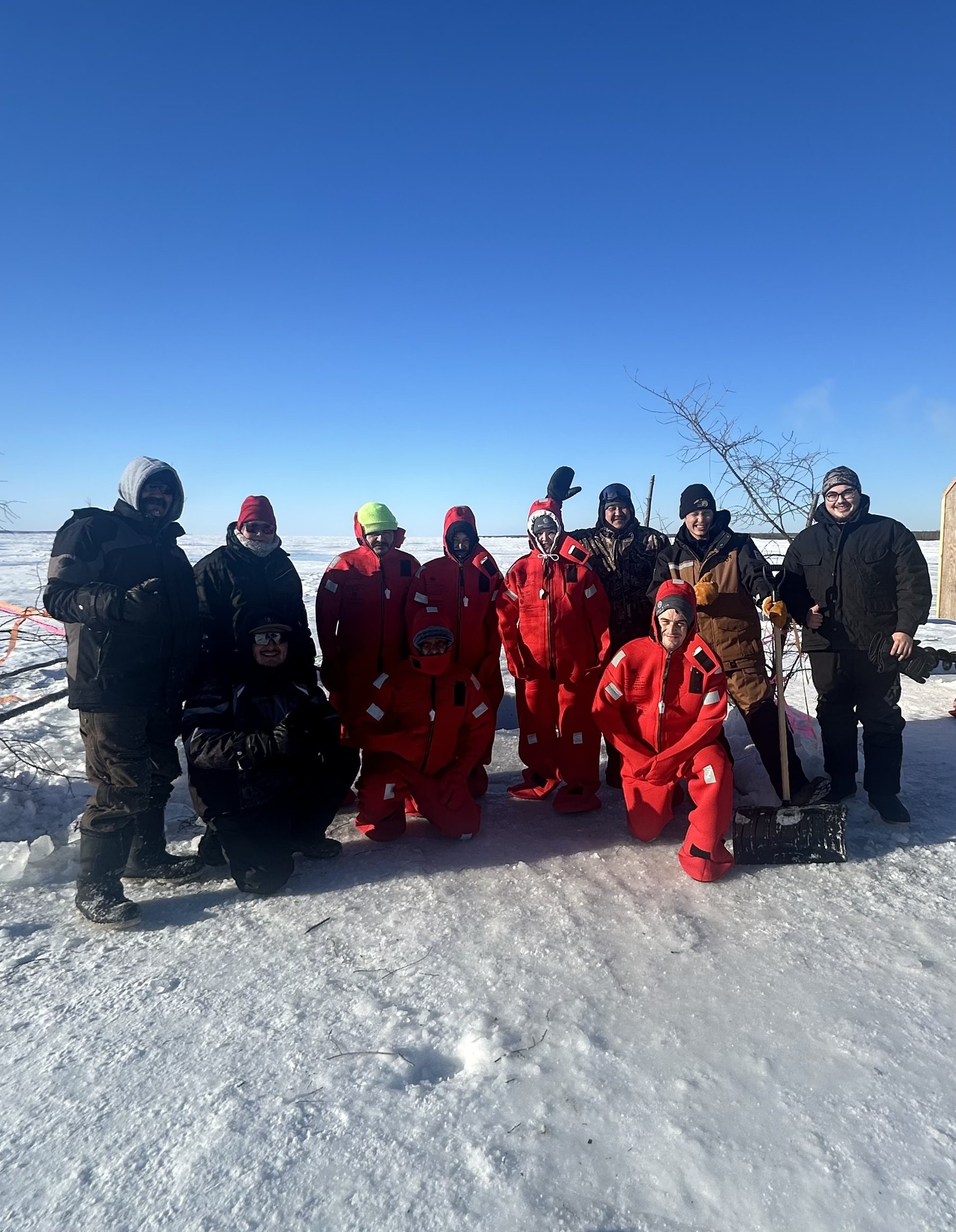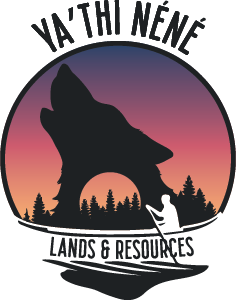
Land Use Planning and Protecting Nuhenéné
Since time immemorial, the Denesųłiné have maintained a deeply abiding and long lasting connection to the land. To us, this land (the Athabasca Denesųłiné territory) is referred to as “Nuhenéné.”
The protection of Nuhenéné is no small task. The Athabasca Denesųłiné way of life is deeply connected to the health of the land and the way its resources are managed. Our cultural identity, our spirituality, and overall wellbeing are all tied to how we interact with Nuhenéné. Part of that is the Athabasca Denesųłiné's role as caribou people. It's no mystery as to why this culture is so deeply linked to the barren-ground caribou that provide the cornerstone of Denesųłiné culture. And as the stewards of Nuhenéné, it is the sacred duty of the Athabasca Denesųłiné to protect this land and preserve its resources for future generations.

As part of the Indigenous Protection and Conservation initiatives, each Athabasca community has a Community Land Technician (CLT) to act as the eyes and the ears of the people.
It is undeniable that we live in uncertain times. The world is quickly changing, and it is important now more than ever that we ensure our place in it is not swept away on the current.
The establishment of an Indigenous Protected Area (IPA) in Nuhenéné is the perfect way to support the Athabasca Denesųłiné's place as guardians of the land, water, air, and all the creatures that live there.
When speaking with Elders about what protection of the
land means to them, they often talk about the generations of the future and the responsibility of caring for and “watching” the land and water for them, and ensuring that the traditional ways of the Denesųłiné and the rule of natural and indigenous laws will continue for many more generations to come.
It is with this in mind that the Athabasca Denesųłiné have shown interest in developing Indigenous Protected and Conserved Areas within Nuhenéné in order to ensure that long term commitments by governments are upheld in perpetuity. That is why Ya' thi Néné Lands and Resources is working with partners to develop and implement Protected Areas within Nuhenéné (Saskatchewan).
We know that by working together with our communities and with our partners, we can make great and lasting change.
This IPA initiative is so ground breaking because there are currently no other IPAs within the province of Saskatchewan, and very few like it in the world. We have the opportunity to break trail for other First Nations across Canada that might also want to establish IPAs and assert their right to steward their Traditional Territories.
We are not alone in the development of this new way of keeping the land safe. Ya' thi Néné has partnered with the Federal and Provincial Government as well as organizations such as Canadian Parks and Wilderness Society and International Boreal Conservation Consortium to make this happen. With the guidance of the Athabasca Denesųłiné, we will develop a path forward to a successful project.

What is an Indigenous Protected Area (IPA)?
IPAs are usually defined as conservation areas whose creation and ongoing management are Indigenous led, with Indigenous Peoples having the primary role in determining what is important to that specific IPA. That includes things like the values and objectives that the IPA holds as sacred, the boundaries of the IPA, the management plans for the IPA, and the governance structures for the IPA.
For the Nuhenéné IPA, this means that the Athabasca Denesųłiné decide what values and priorities will guide and direct all work being done to develop protected areas. The communities also all get participation in the process of determining where the protected areas will be located and their size.
The Athabasca Denesųłiné are being consulted at every step of the IPA planning process. Elders, youth, leadership, and land-users will be involved every step of the way. This is Nuhenéné, and it is important to us that you have your say.


